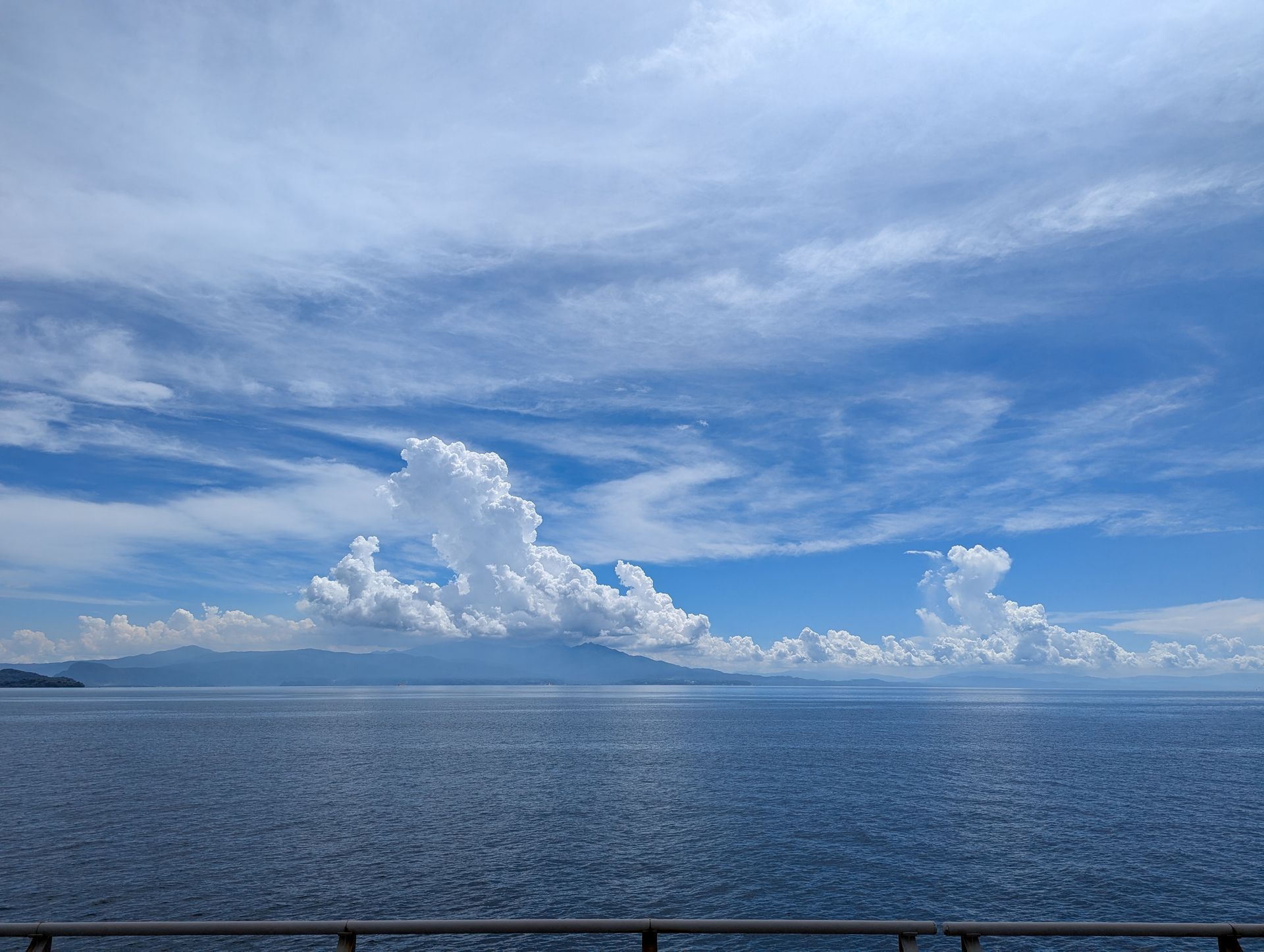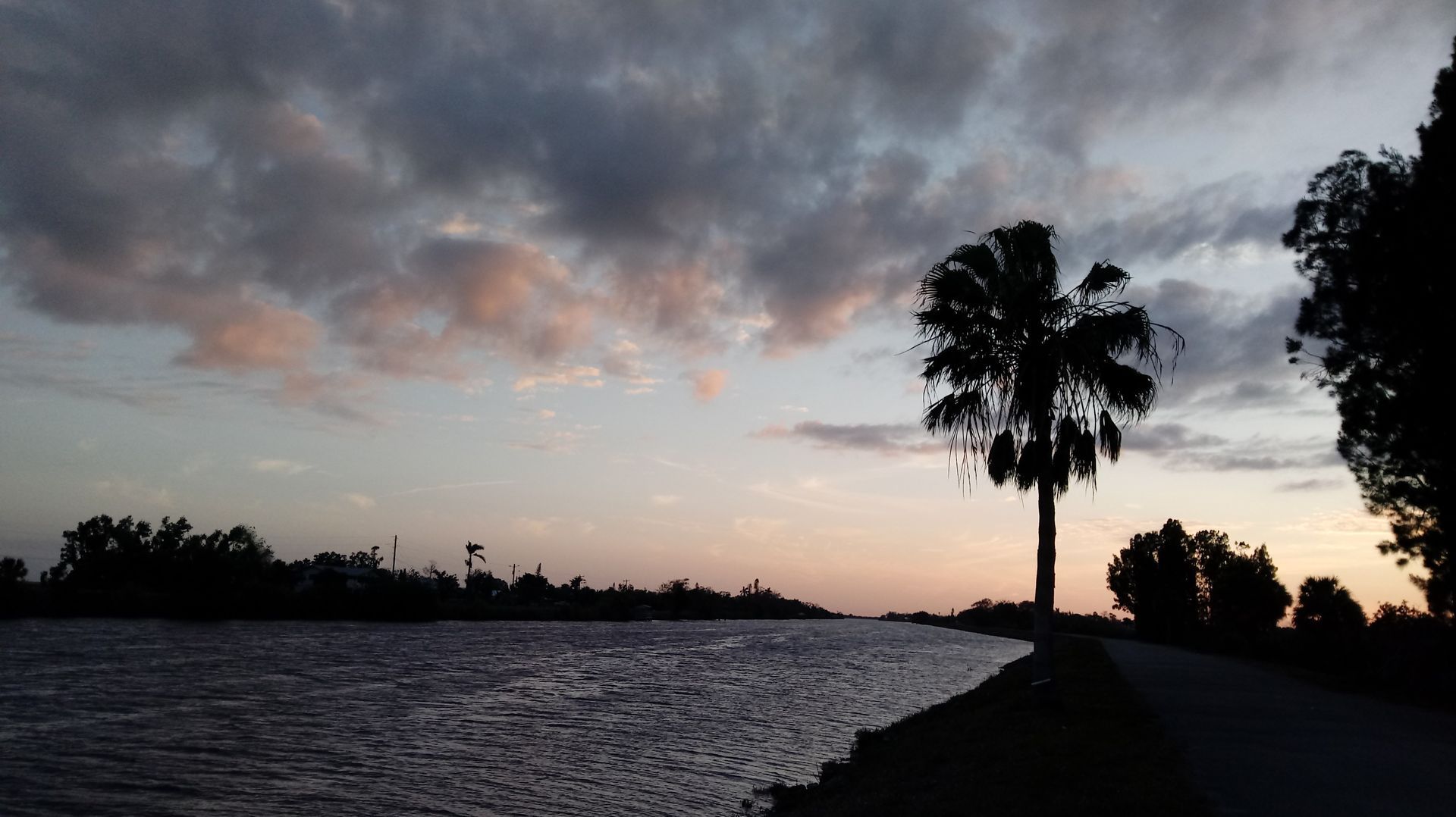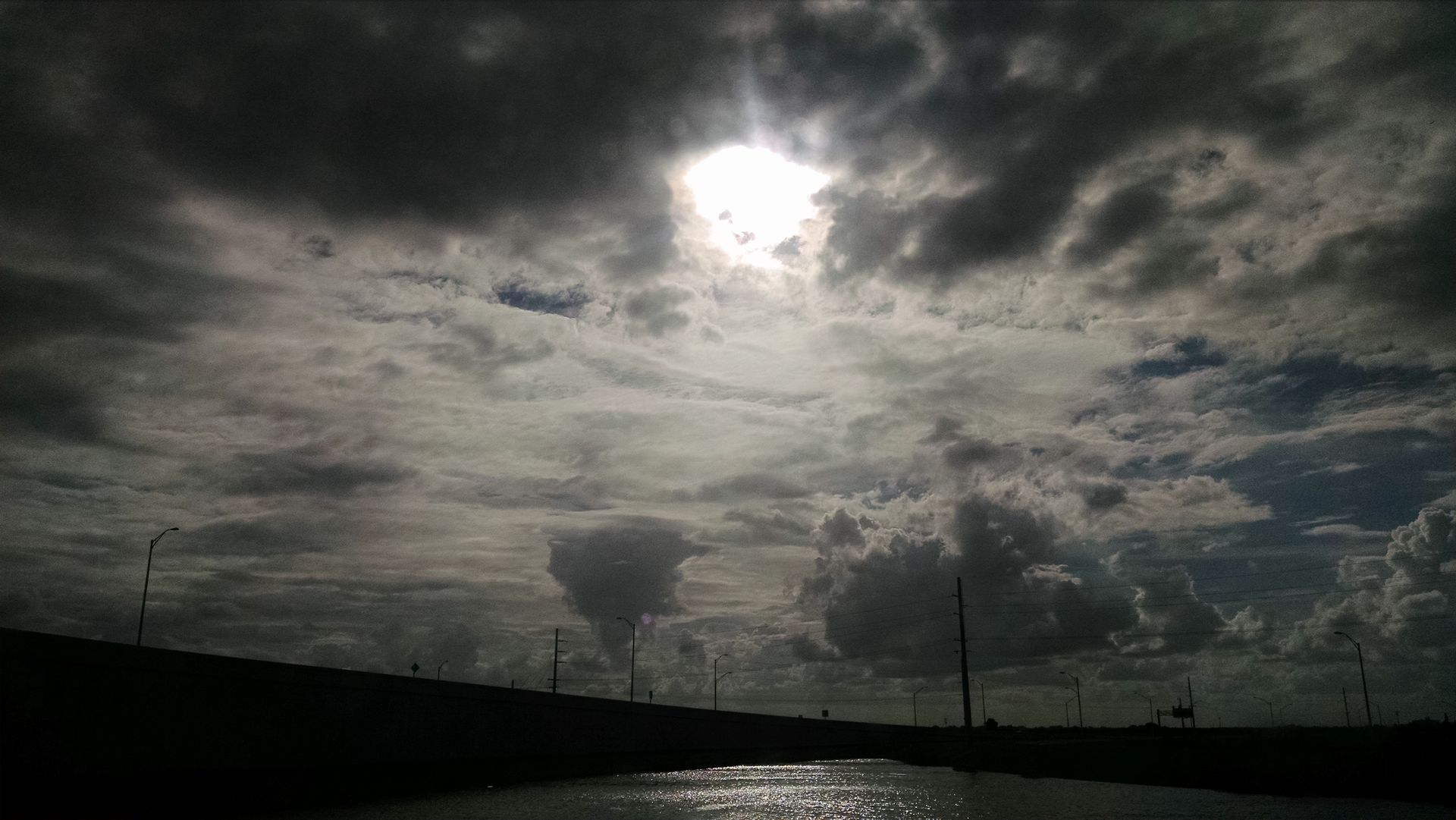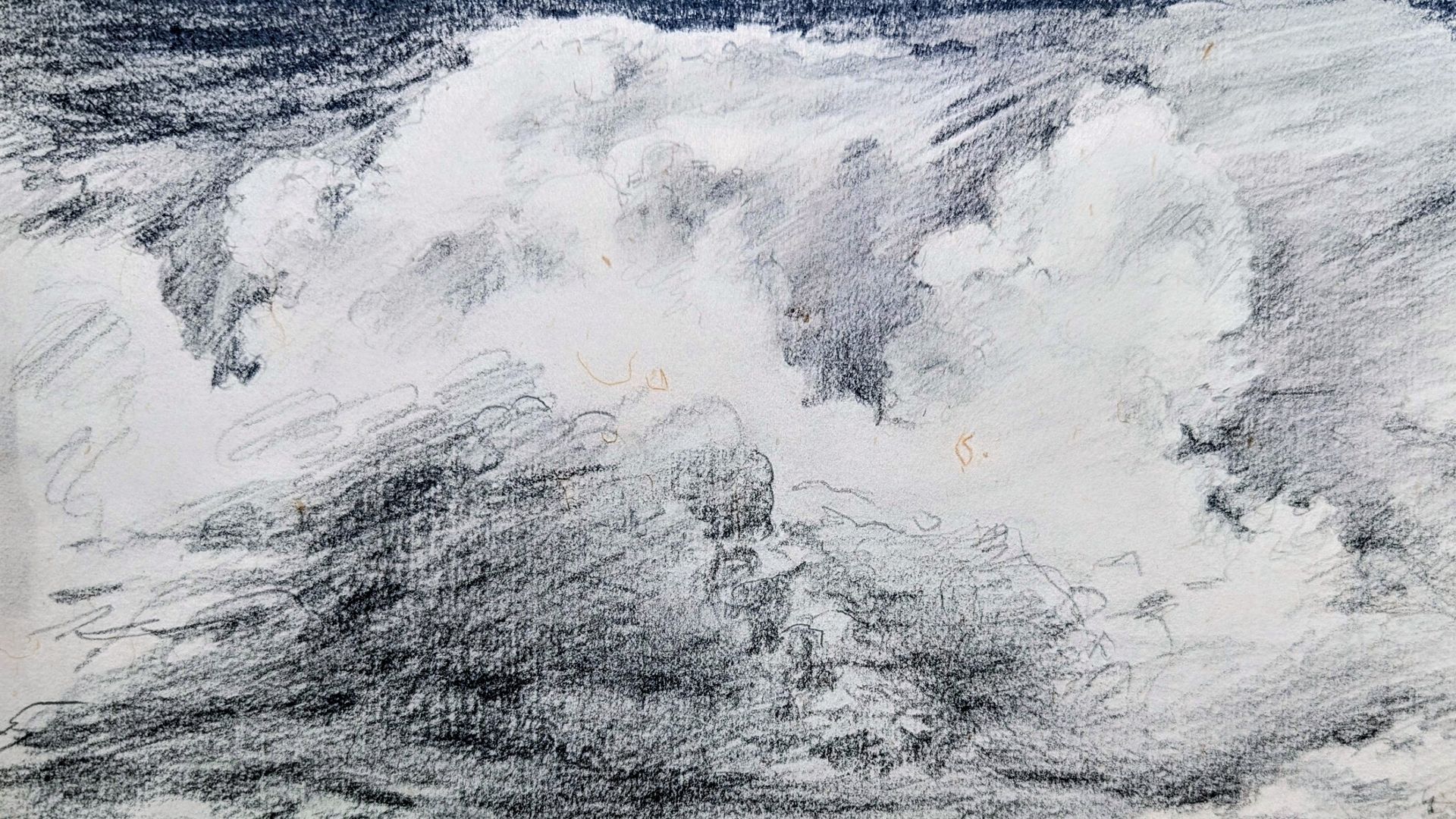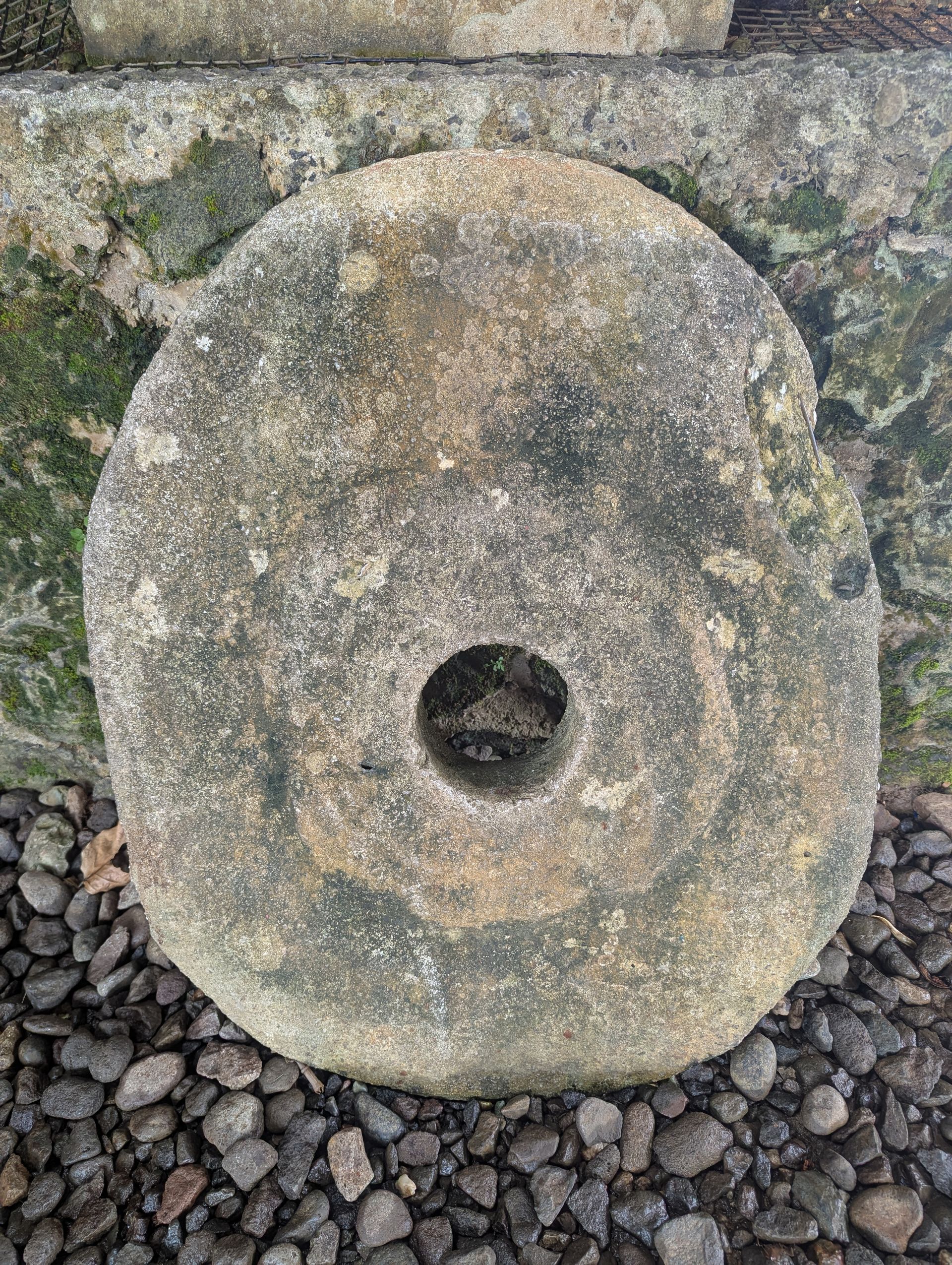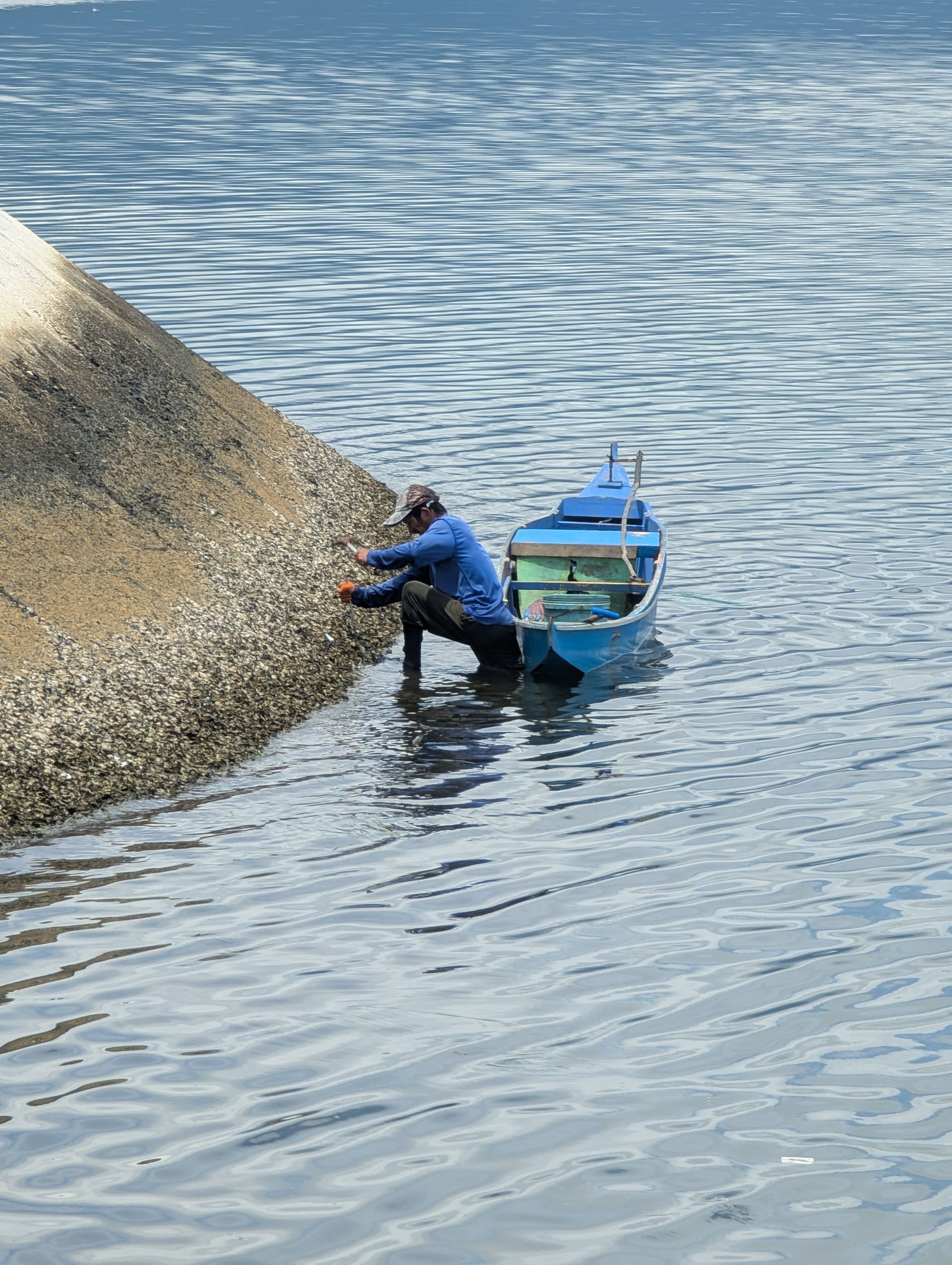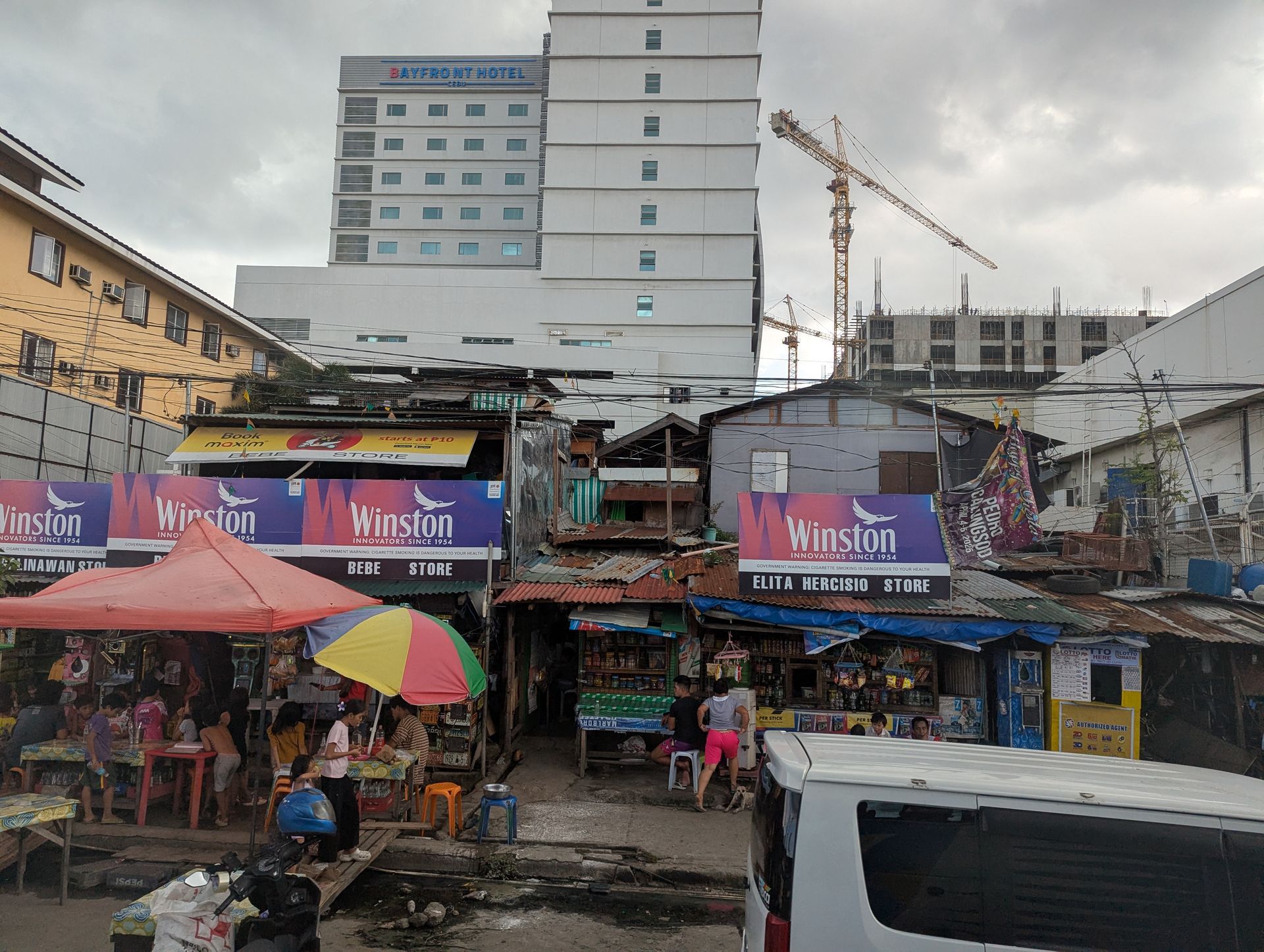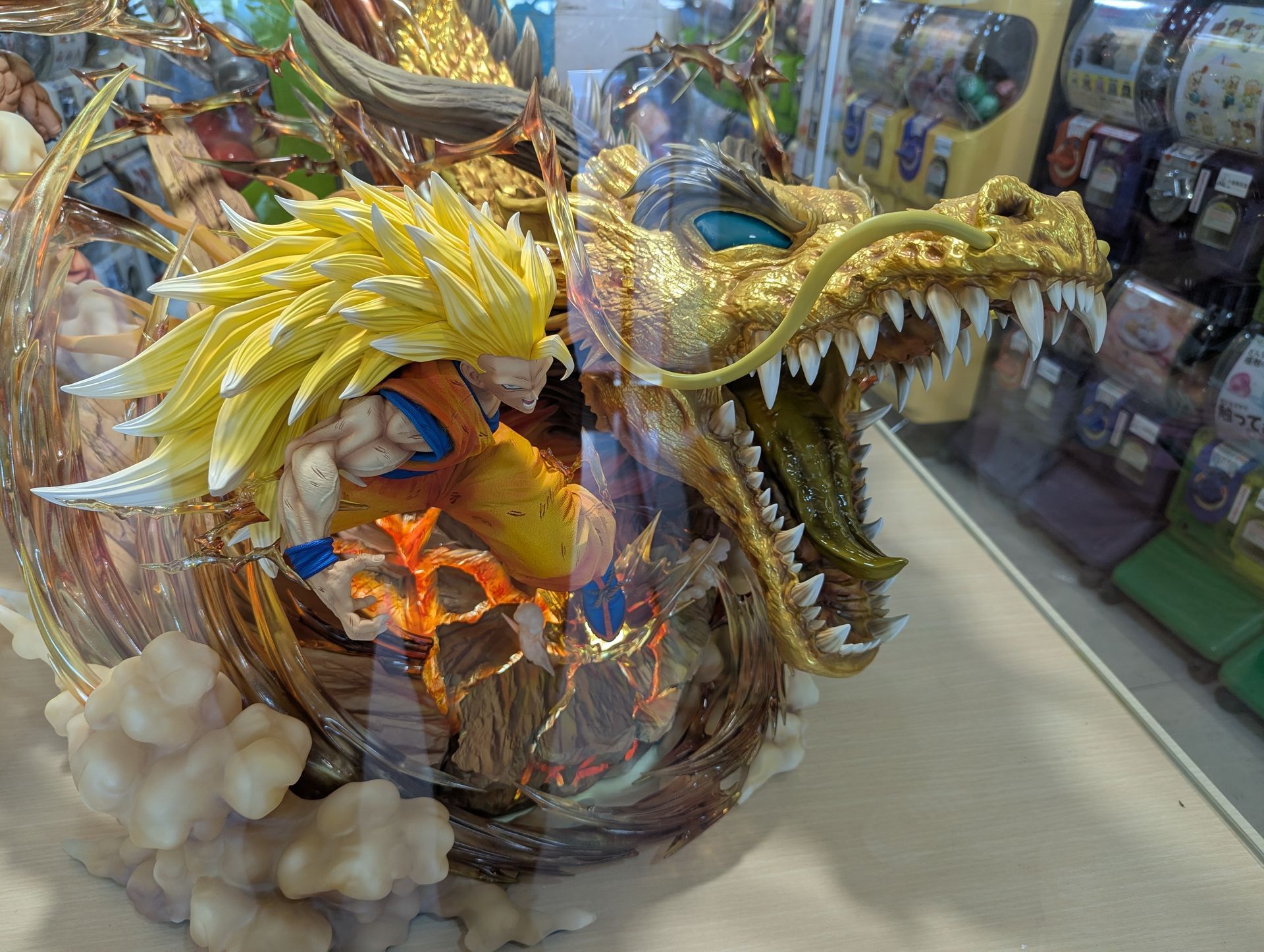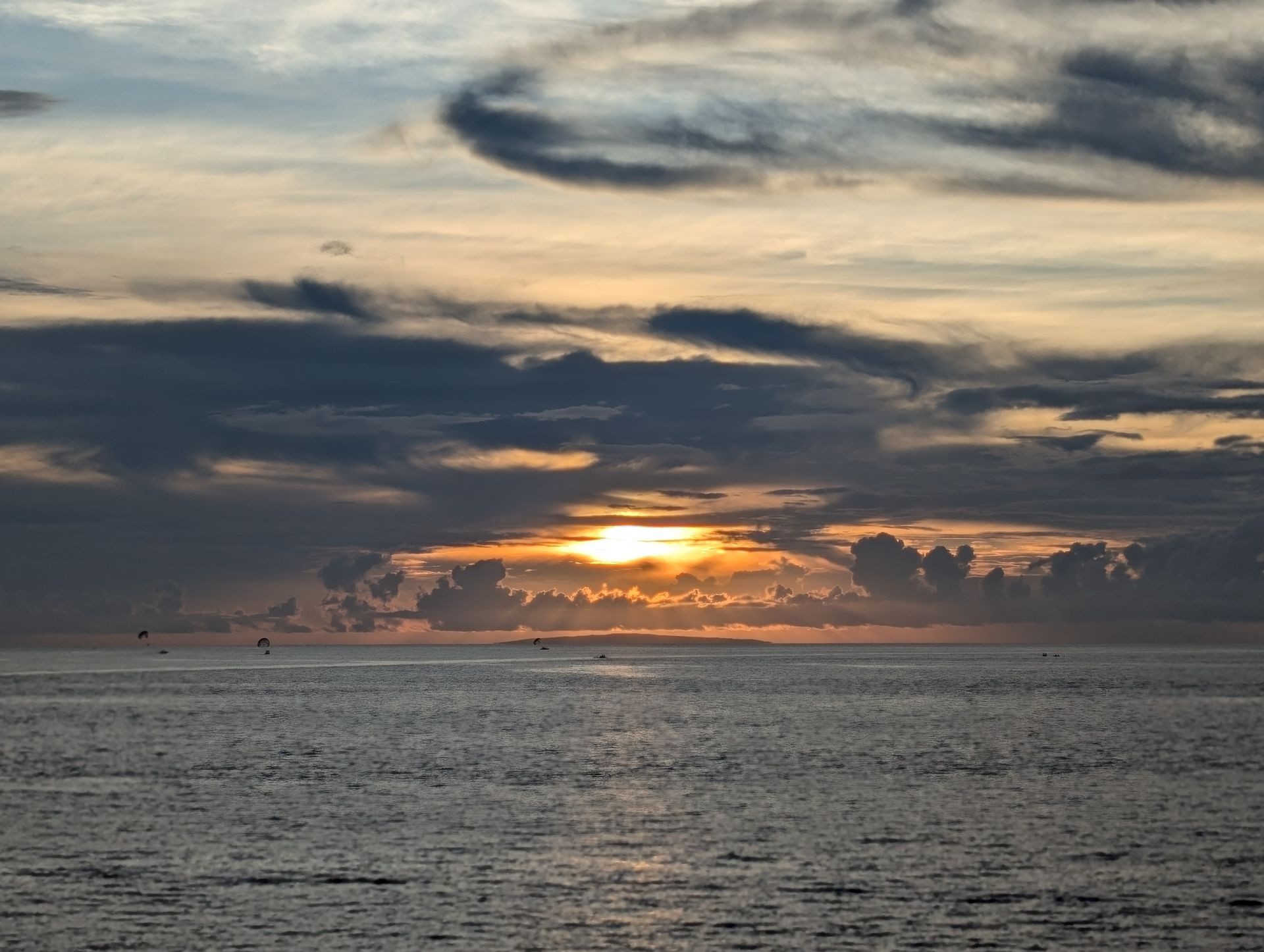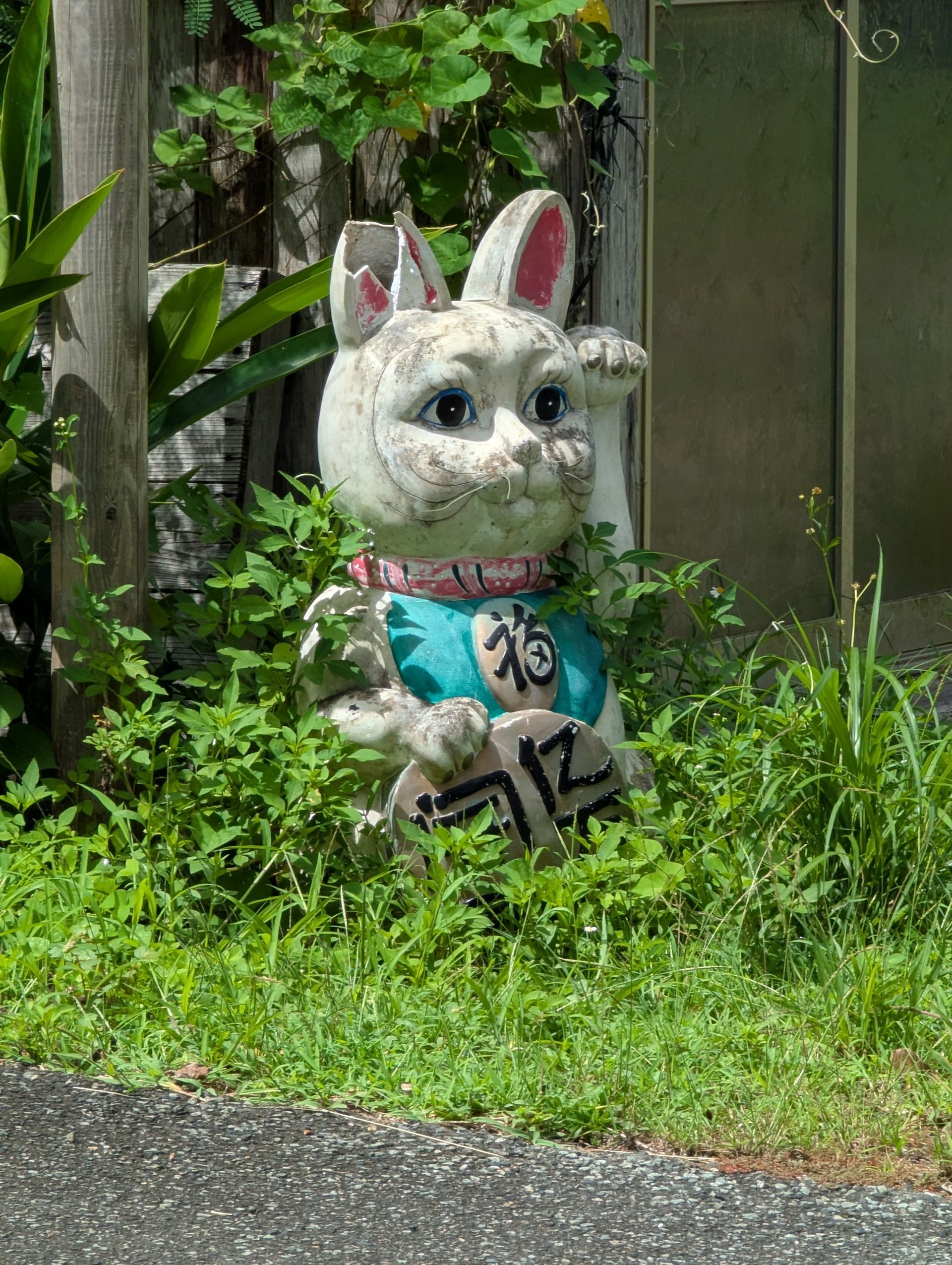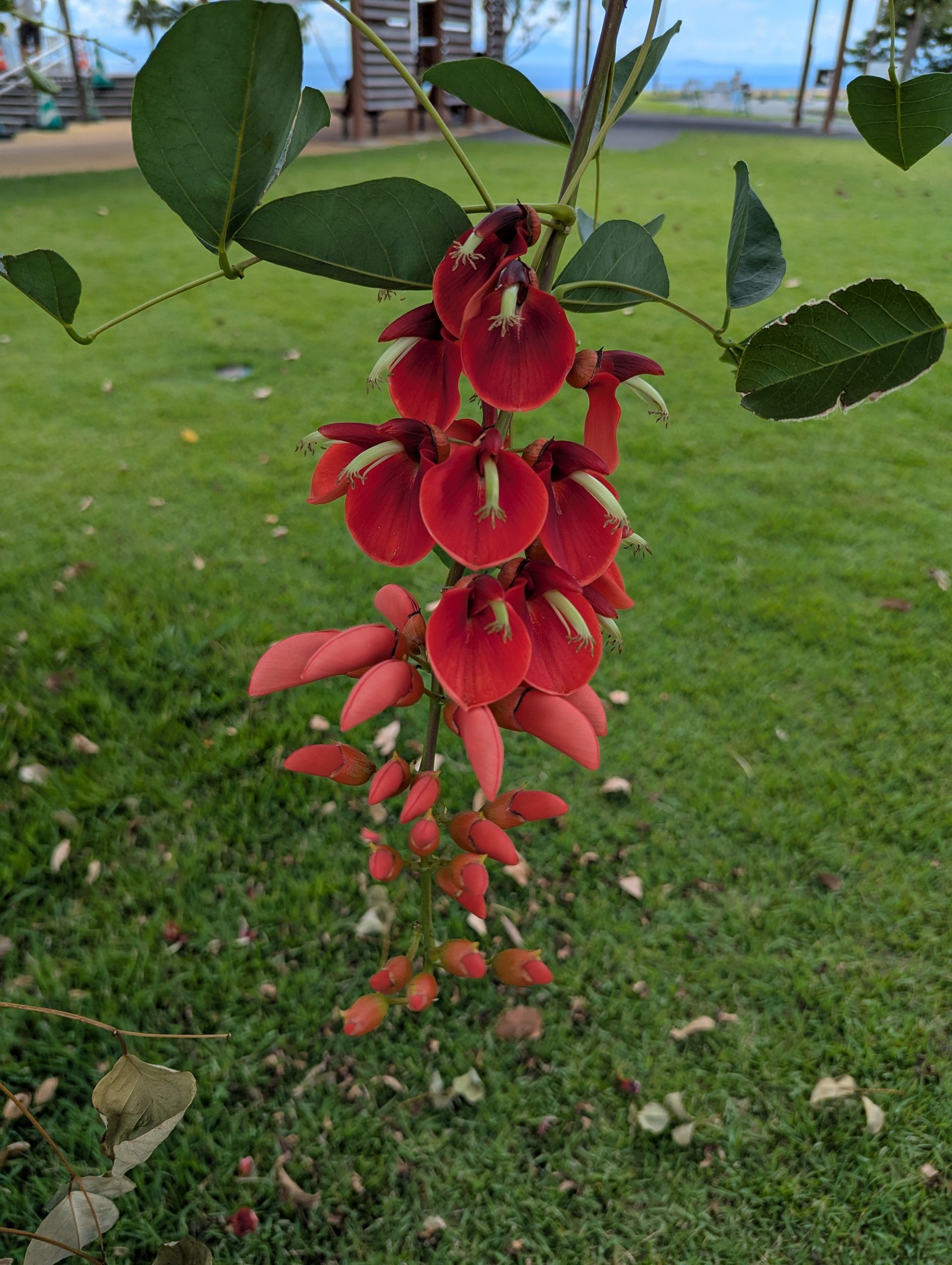Let’s Defend the Caloosahatchee River
I come to praise the Caloosahatchee River, not condemn her. We have to stop maligning our waterways and start figuring out how to protect and restore them. Projects like Everglades restoration that have been on hold for 20 years or more are a sad testimonial to the lack of focus and flawed thinking going on in our state.
People don’t come here to see parking lots and more strip malls and places to shop. They can see that anywhere and everywhere they live and travel. The sameness of environment that we all experience traveling the East Coast of the US is alarming. Florida was a relief from this. No more.
Initially the Atlantic coast beaches and Gulf coast beaches were the draw. Now most of the beach front is obscured by motels and condos and places to eat and buy. Public access is limited. But, amazingly, there are still waterways in Florida that are magical and accessible to everyone.
The Okeechobee Waterways that include the Caloosahatchee River are still such an area. These waterways feed and define the Everglades, our “sea of grass”. Major damage has been done to this unique biome who’s like is found no where else in the world. But it has not yet been completely stilled. Like the red gleam in an alligators eye, it makes itself known and still demands respect.
How we behave to our Caloosahatchee River informs the larger picture of Everglades survival and revival and the behavior of future generations who hold the fate of rivers and waterways in their hands. When we are asked to think of this natural wonder as a national scourge, people will treat it carelessly and with contempt. It is a license to destroy. This is the present situation. Assertions that the Caloosahatchee is somehow creating the toxic chemical mix that stimulates alga blooms in places west and south of it like Naples, Ft Myers and Florida Bay are misleading and unhelpful. It is the equivalent of blaming the Hudson River for nuclear runoff from the Indian Point nuclear power plant. We know where the fertilizers, pesticides and other contaminants come from. Asking people to disbelieve what is logical and observable is an insult to intelligence. A damaging attitude is created when artificial scapegoats and excuses for inactivity are offered. It opens up the possibility for some individuals to treat the victim carelessly – destructively. The victim is further victimized.
One example of this kind of victimization is the careless, irresponsible behavior of some boat captains that traverse the Caloosahatchee using it as a route to speed from east coast to west coast and back again. The excessive speed of some of these boats and the resulting wakes are extremely dangerous, even deadly. Not only to manatee, but to people in smaller, slower boats who are trying to enjoy the river and sometimes are fishing. We have speed limits and signs for slowing boats around manatee zones but few indications for aggressive boaters to slow their speed around other boaters. Do we need “Slow for People” signs? This is common sense, but has to be emphasized with speed zones and many more No Wake signs along the river, because too many captains are not using common sense. Many of them feel they are justified in their dangerous haste because they are making money by delivering boats to buyers. They see dollar signs and don’t see the boaters, animals and birds or the beauty of the Caloosahatchee. Other speeders are simply rushing to the Gulf or Atlantic to deep water fish or return to their coastal homes. They don’t care about people or animals on the river, they just don’t care.
An example of a tragic accident caused by wakes near Moore Haven was the capsizing of a boat in which two men were fishing. One of the men swam to safety then saw his buddy was drowning and went back to help him and they both drowned. People have fallen in their boats that are rocked by wakes and broken their backs, wrists, etc. The captain causing the wake often does not even know about the damage and tragedy they leave behind. Because they have already left the scene and are racing away down the river. Isn’t this the equivalent of hit and run? We don’t tolerate this on roads, why do we allow it to happen on waterways? “Get as far away from them as you can” was the advise we got from a Fish and Wildlife officer when our solar powered tour boat was struck by a speeding 40 foot Sea Ray. Well, that is not possible. The Caloosahatchee is too narrow to get away from these huge 4 and 5 foot wakes. The further you pull to the side the closer you get to the rocks and the wakes will slam you into them. Another impact of these wakes is that people with docks along the river cannot use them. They cannot keep their boats on their docks that they pay fees to the Core of Engineers to have, because their boats get slammed against the docks and damaged. Furthermore, the wakes are eroding the banks of the river, killing manatee (a record in excess of 500 last year) and other wildlife.
Speeding on the Caloosahatchee river is criminal. A kind of criminality that few people witness, know about or understand. “If I didn’t witness the accident, I can’t ticket them” was another statement by an officer of Fish and Wildlife. “They didn’t have their life vests on.” was a local sentiment we heard in reference to the fishermen drowning. They wouldn’t have capsized if they hadn’t been waked! Is a defensive boating situation all we can hope for? Any smaller, slower boat that a fast boat is approaching is a No Wake sign! Similar to not speeding through a Stop sign with your car.
There are ways to slow careless and ignorant boaters that traverse the Caloosahatchee river. Three locks are located along its length. Lock-masters already take the ID of boaters who pass through. They can advise captains that they are responsible for their wakes and if they arrive at the next lock too quickly, they can be detained and possibly ticketed. A reasonable, safe amount of time to accomplish the distances between the locks is easy to determine. Maybe a top speed of 6 or 8 knots, along with a caution to slow as you pass other boaters?
Now let’s get back to our beautiful river. Let the chorus of praise begin. When people learn about and start to appreciate the Caloosahatchee then they will think about protecting her. And I hope praise can begin to act like an antidote for some of the toxic criticism our Caloosahatchee River now so unjustly endures.
She, Caloosahatchee, is a lady in the oldest sense of the word. She ‘acts like a lady’, dignified, modest, understated, but powerful. At first you may not notice her beauty because she is not flashy. She is preoccupied with more important matters than showing off, like providing refuge and forage for her charges, manatee, alligators, fish, birds, insects, plants and at the same time evaporating and adding to the clouds so we get rain and weather and fresh water to South Florida. Still she is beautiful in her understated way. You can observe this if you take the time. Her beauty is always changing, never the same moment to moment, day to day. She is created by the wind changes and rain changes and sun changes. Her waters are bright diamonds in sun, deep blue on a cloudless day, grey lavender when clouds gather and a perfect mirror of these clouds when the wind is still. Flocks of white heron arch over her, an osprey dives into her waters and carries away a silver fish aerodynamic in its talons, manatee rise and submerge leaving a “ring of bright water”, alligators drift gently on her surface the languid movement of their tails just discernible beneath the amber water, thousands of fingerlings feed and grow in her shallows, turtles flip to the surface for a gulp of air, snake birds peer about, then dive. She is alive, this river, very much alive.
She carries visitors in boats according to her mood, sometimes gently and other times not. You must be aware and wary if you wish to travel on her waters, but that is to be expected. Because she is a natural force like the elements that form her and is kin to the Oceans. She is our beautiful Caloosahatchee.
As historian Howard Zinn once said, “If enough people do enough things, however small they are, then change takes place.”
Together we can change our waterways for the better.
